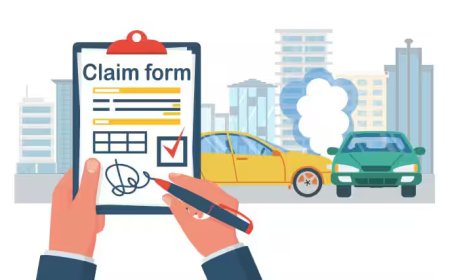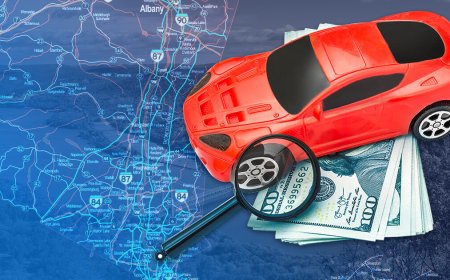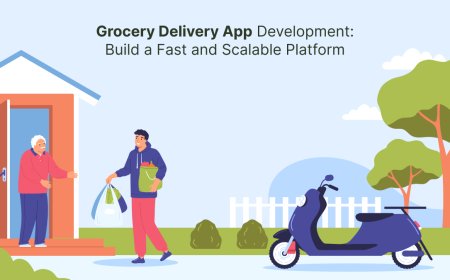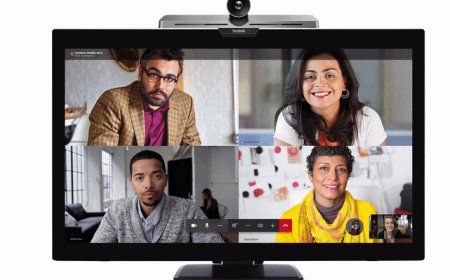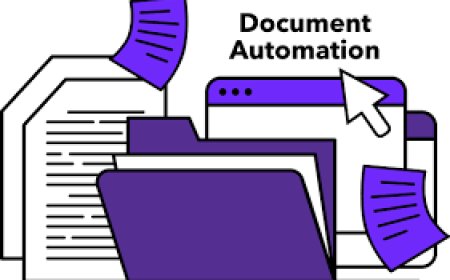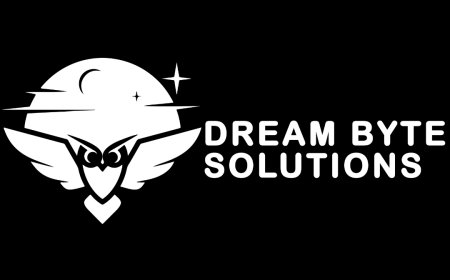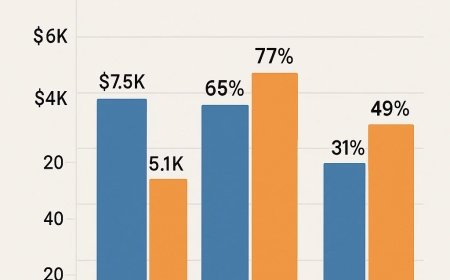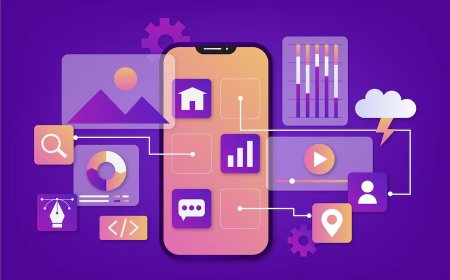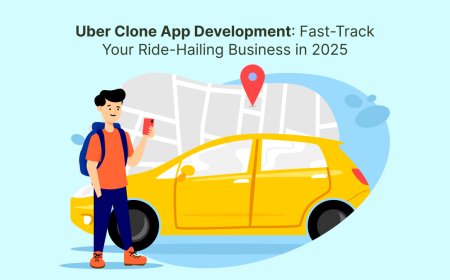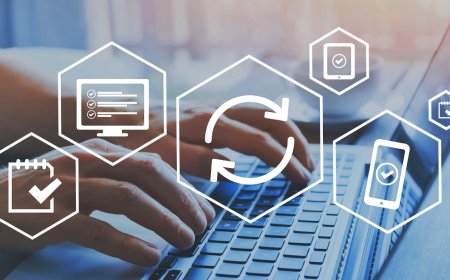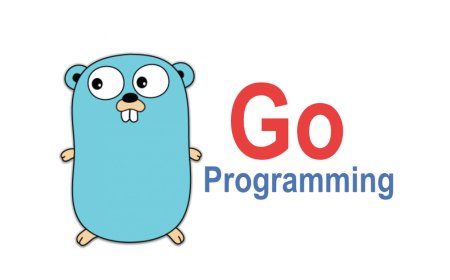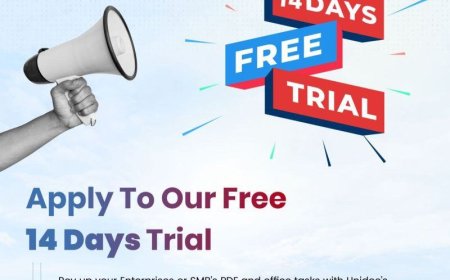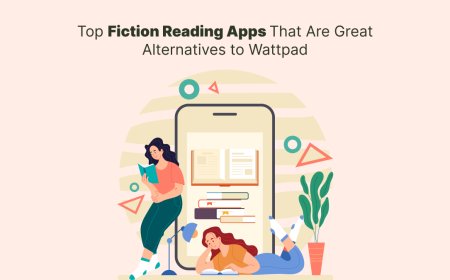Grocery Delivery App Development: Build a Fast and Scalable Platform
Launch a fast, scalable grocery delivery app with the right features, tech stack, and monetization. Reach more customers and grow your business with ease in 2025.
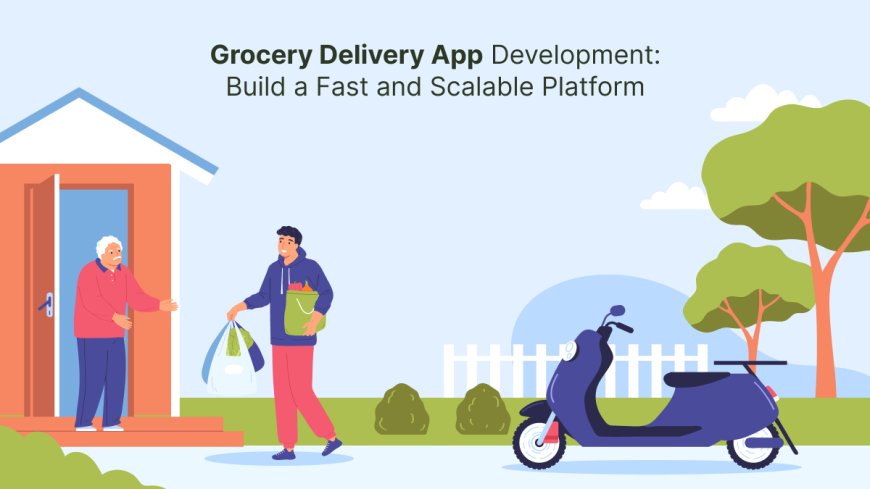
Grocery Delivery App Development: Build a Fast and Scalable Platform
In 2025, online grocery delivery has evolved from a luxury into a necessity. With customers expecting speed, accuracy, and convenience, grocery businesseswhether startups or established retailersneed powerful, scalable tech solutions to stay competitive. Thats where grocery delivery app development comes in.
Whether you're planning to digitize your grocery store or launch a full-scale hyperlocal delivery platform, building a fast and scalable grocery delivery app is key to ensuring long-term success. Lets break down how the right development approach helps you meet user expectations and grow efficiently.
Why Grocery Delivery Apps Are Thriving in 2025
Shifting Consumer Behavior
Customers now prefer to order essentials from their phones instead of physically visiting stores. The convenience of scheduled deliveries, digital payments, and real-time tracking has made grocery apps more popular than ever.
Market Growth
According to recent industry trends, the global grocery delivery market is projected to surpass $1 trillion by 2027. This shift is largely driven by urban lifestyles, same-day delivery expectations, and the rise of on-demand platforms.
B2B Opportunities
B2B grocery marketplaces, dark stores, and white-label grocery platforms are becoming popular among entrepreneurs and enterprises. Businesses now look beyond consumers and serve small shops, hotels, and restaurants via bulk ordering options.
Core Features of a Modern Grocery Delivery App
User App Features
- Smart Search & Filters
Help users quickly find items using intuitive search and category filters. - Real-Time Inventory Updates
Sync your stock in real time so users dont order out-of-stock products. - Multiple Payment Options
Include digital wallets, UPI, credit cards, and even cash on delivery. - Live Order Tracking
Allow customers to track their order status and driver location live. - Scheduled Deliveries
Let users choose a delivery slot based on availability and preference.
Admin Panel Features
- Product Management
Easily add, remove, or update SKUs across categories. - Order & Delivery Dashboard
Get a complete view of orders, customer locations, delivery status, etc. - Inventory & Pricing Controls
Automate restocking alerts and manage price changes easily. - Customer Support System
In-app chat, email, or support ticketing system for handling complaints.
Delivery Partner App
- Optimized Route Navigation
Help delivery agents reach their destinations faster. - Order Details & Pickup Instructions
Show clear item lists, packaging instructions, and pickup addresses. - Earnings & History
Let delivery partners check their earnings, bonuses, and ratings.
Read More: Take the Lead on the Market with Grocery Delivery App Solution!
Tech Stack Required for Grocery Delivery App Development
To build a scalable platform, choosing the right tech stack is critical.
Backend Technologies
- Node.js / Laravel for fast, lightweight, and scalable server-side performance.
- MongoDB / PostgreSQL to handle dynamic data with efficiency.
- Redis for caching real-time data (like delivery status or inventory).
Frontend Frameworks
- React Native for cross-platform mobile apps.
- Vue.js or React.js for building robust admin dashboards.
APIs & Integrations
- Google Maps API for route navigation and geolocation.
- Payment Gateway APIs like Stripe, Razorpay, or PayPal.
- SMS/Email APIs for order confirmation and user communication.
Cloud & DevOps
- AWS / Google Cloud for scalable hosting and data storage.
- Docker / Kubernetes to manage deployment across services smoothly.
- CI/CD Tools to ensure rapid and safe updates during scaling.
Monetization Strategies for Grocery Delivery Apps
1. Delivery Charges
Charge a flat fee or variable amount based on delivery time, distance, or order size.
2. Membership Plans
Offer subscription plans for free deliveries, priority service, or early access to discounts.
3. Featured Listings
Allow brands or sellers to promote their products at the top of the list.
4. Commission Model
Earn a percentage commission from vendors or delivery partners for every transaction.
5. Advertisement Space
Sell ad space within the app to grocery brands and FMCG companies.
Business Models You Can Choose
Theres no one-size-fits-all. Here are models that work well in different scenarios:
Single Store Model
Build an app exclusively for your grocery store to digitize and streamline operations.
Marketplace Model
Onboard multiple grocery vendors under one appideal for serving various localities.
Hyperlocal Delivery Model
Partner with local stores and delivery agents to ensure ultra-fast fulfillment.
Warehouse-Based (Dark Store) Model
Operate from centralized inventory locations and fulfill orders via delivery fleets.
Benefits of Building a Scalable Grocery Delivery App
1. Operational Efficiency
Automated inventory tracking, order processing, and delivery logistics save time and effort.
2. Better User Experience
With fast loading times, live tracking, and accurate ETA, customer satisfaction improves significantly.
3. Business Growth Readiness
You can start small and scale regionally or nationally without completely revamping your infrastructure.
4. Real-Time Analytics
Get insights into sales trends, user behavior, and delivery performance to optimize operations.
5. Branding Opportunities
With a white-label solution, you can fully customize the app to reflect your brand identity.
Why Work With a Professional App Development Company?
Partnering with an experienced on demand app development company ensures:
- Shorter time-to-market with ready-made modules
- End-to-end support, from UI/UX to backend to launch
- Ongoing maintenance and scaling guidance
- Secure and compliant architecture for data protection
Whether you're a startup or an established retail chain, expert app developers can help you build a future-proof grocery platform that evolves with your business.
Conclusion
Grocery delivery is not just a trendits a fundamental shift in consumer behavior. Building a fast and scalable grocery delivery app is your gateway to tapping into this booming market. From core features and technology to business models and monetization, success lies in creating an experience that prioritizes speed, accuracy, and user satisfaction.
If you're looking for a clone app development company that can deliver a white-label grocery solution tailored to your needs, nows the time to take action.








&srotate=0)



